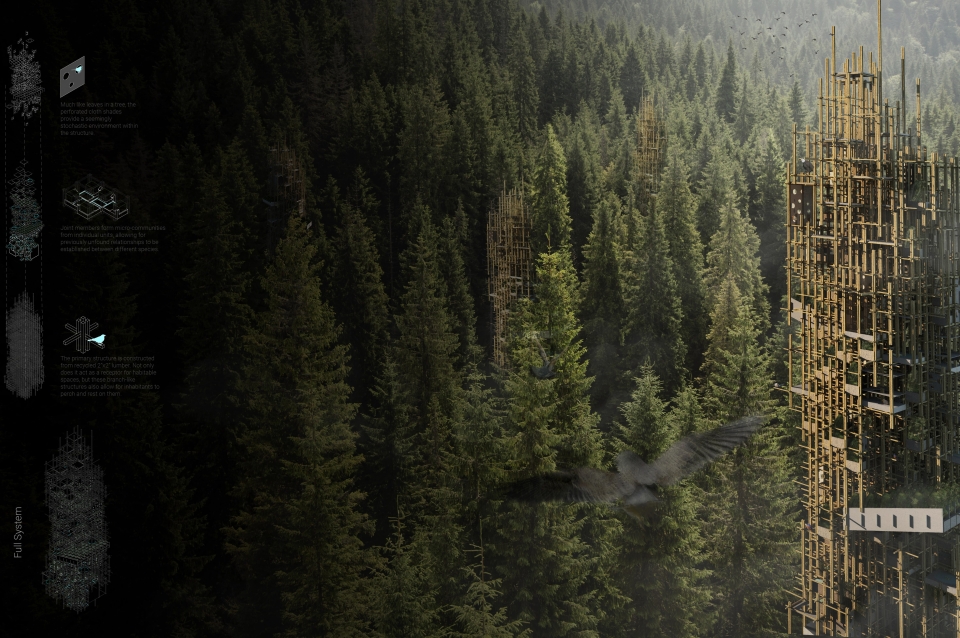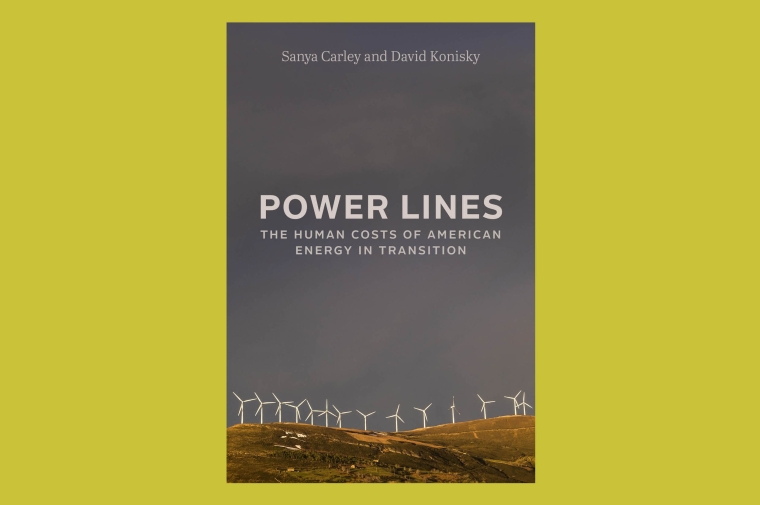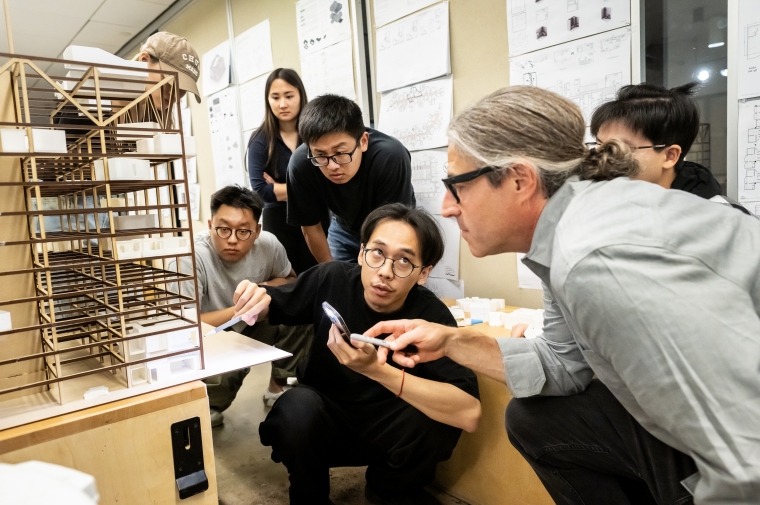December 7, 2020
Stuart Weitzman School of Design
102 Meyerson Hall
210 South 34th Street
Philadelphia, PA 19104
Get the latest Weitzman news in your Inbox
Media Contact
Michael Grant
mrgrant@design.upenn.edu
215.898.2539
Scientists agree, we are in the midst of the sixth extinction, the accelerated loss of biodiversity worldwide. To reverse the trend, one response is to conserve species in designated protected areas, perhaps far removed from where people live. A more radical approach is to redesign the landscapes people share with animals, so that they can support more forms of life. According to a growing community of designers as well as scientists, the answer lies in reshaping our cities, suburbs, and farmlands from the perspective of other animals—which is exactly what a recent international design competition called on designers to do.
The LA+ CREATURE international design ideas competition, organized by the interdisciplinary landscape architecture journal LA+ at the Weitzman School, asked designers to choose any non-human creature as their client and then design something that would not only make its life better, but also create greater human empathy for the creature.
The five winning entries are:
- Niko Dellic and Ambika Pharma (Canada), Mangrove Horsehoe Crab (Carcinoscorpius rodunicauda)
- Catherine Valverde, Youzi Xu, and Elizabeth Servito (United States and China), California Tiger Salamander (Ambystoma californiense)
- Bingjian Liu, Heejung Shin, and Esther Jung (China, South Korea, and United States), American Eel (Anguilla rostrata)
- Arthur Lam (United States), Birds (Aves)
- Feras Abdallah and Calla Rose Ostrander (United States), North American Beaver (Castor canadensis)
Entrants from 31 countries submitted 258 proposals to the competition—“enough to serve as an experiment to see what kinds of animals designers are currently most interested in,” said non-voting Jury Chair Richard Weller, the Martin and Margy Meyerson Chair of Urbanism and professor and chair of landscape architecture at Penn. Based on the proposals, winged species like birds, bats, and bees commanded the most attention, but frogs, tortoises, and horseshoe crabs were also popular, and many designers tackled the issue of modern livestock production.
Some of the more surprising proposals were conceived to support mutant spiders in Chernobyl; tardigrades (waterbears) in space; and plastic-eating moth larvae. Designs included artificial icebergs to help walruses migrate in the Arctic; coral farms off the coast of Australia that double as cemeteries; guidance systems for bats to avoid windfarms in Virginia; changes to municipal codes to protect cicadas in Chicago; and corridors to guarantee safe passage for elephants in Botswana.
Weller explains that the entries can be categorized by their overall approach, each representing quite different ideas about the future. “First, there was a group of projects that forcefully attempted to win back territory for animals and recreate ecosystems that appear natural and are decoupled from our cities. A second group explored bringing animals deep into our cities with innovative structures and new technologies to help us coexist with them. And a third group sought to question human identity as a dominant species by focusing on the details of species that humans generally find repulsive, such as flies, slugs, and microbes.”
Looking over the remarkable collection of “weird and wonderful” designs, Weller says, one is reminded that throughout history humans have exploited animals for food, clothing, transport, labor, and scientific research. Humans have long venerated animals as icons of beauty, power and skill, but it is only recently, on the occasion of their extinction, that we have begun trying to do something for animals on their own terms.
“Beyond the standard conservation practices of creating protected areas, LA+ CREATURE shows us how a new generation of designers around the world are imagining new ways of transforming our cities and landscapes into multispecies environments,” says Weller. “The results are wild!”
Jurors for LA+CREATURE included Timothy Morton, professor and Rita Shea Guffey Chair in English at Rice University; Kate Orff, founding principal of SCAPE and director of the Urban Design Program and Center for Resilient Cities and Landscapes at Columbia University’s Graduate School of Architecture, Planning and Preservation; Chris Reed, founding director of Stoss Landscape Urbanism, as well as professor in practice of landscape architecture and co-director of the Master of Landscape Architecture in Urban Design Program at Harvard Graduate School of Design; Jennifer Wolch, former dean of the College of Environmental Design at the University of California, Berkeley and William W. Wurster Professor of City and Regional Planning; Andrew Grant, founder and director of Grant Associates, UK; and Farre Nixon, landscape designer, Kounkuey Design Initiative, Los Angeles.
Visit laplusjournal.com to view the gallery of winners and other entries.


 Expand Image
Expand Image


